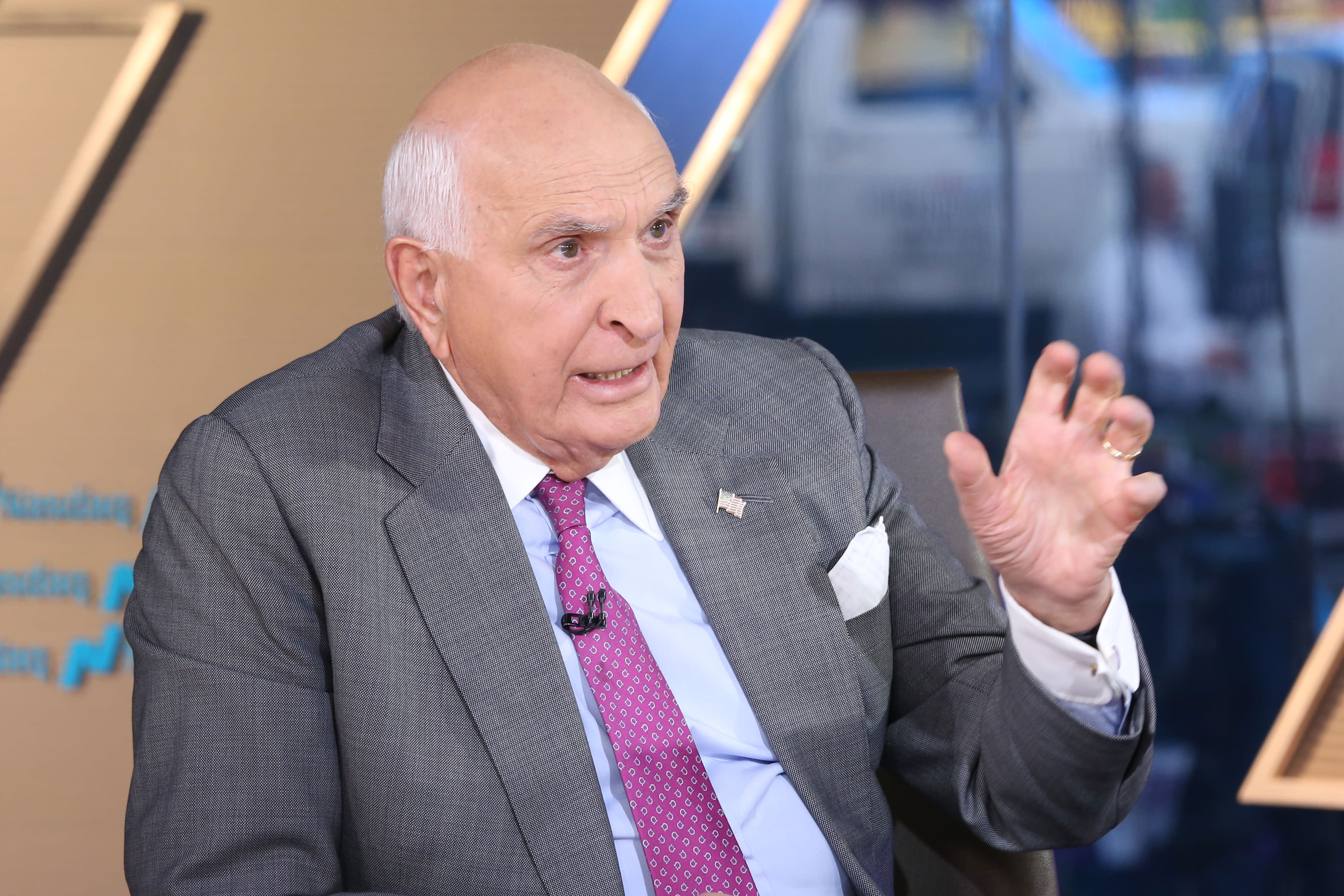After driving one of the biggest tax cuts in recent years, the president has introduced tariffs that amount to one of the biggest tax increases in decades.

 | THU, MAY 16, 2019 | | | | DOW | | NAME | LAST | CHG | %CHG | | CSCO | 55.93 | +3.49 | +6.66% | | AAPL | 190.08 | -0.84 | -0.44% | | MSFT | 128.93 | +2.91 | +2.31% | |
| | S&P 500 | | NAME | LAST | CHG | %CHG | | AMD | 28.01 | +0.43 | +1.56% | | GE | 10.12 | -0.14 | -1.36% | | CSCO | 55.93 | +3.49 | +6.66% | |
| | NASDAQ | | NAME | LAST | CHG | %CHG | | AMD | 28.01 | +0.43 | +1.56% | | CSCO | 55.93 | +3.49 | +6.66% | | AAPL | 190.08 | -0.84 | -0.44% | |
| |
After promoting one of the largest tax cuts in recent years, President Donald Trump has introduced tariffs that amount to one of the heftiest tax increases in decades.
A CNBC analysis of Treasury Department data ranks the combined $72 billion in tariff revenue as one of the biggest tax hikes since 1993. CNBC's Steve Liesman reports that the tariff revenue ranks as the largest increase as a percentage of gross domestic product since that year, when compared with the first year of all the revenue measures enacted since then.  Total tariffs enacted by the president — including the latest increase from 10% to 25% on $200 billion of Chinese goods — will raise $72 billion in revenue, or 0.34% of GDP, according to the nonpartisan Tax Foundation.
To be sure, tariffs aren't the same as taxes. While Trump maintains that the burden will be on Chinese companies, economists widely see it being borne by U.S. businesses and consumers. Over time, they can reduce the damage by moving away from high-priced goods and Chinese production. And the White House is aiming for production to come back to the U.S., anyway. |





Post a Comment